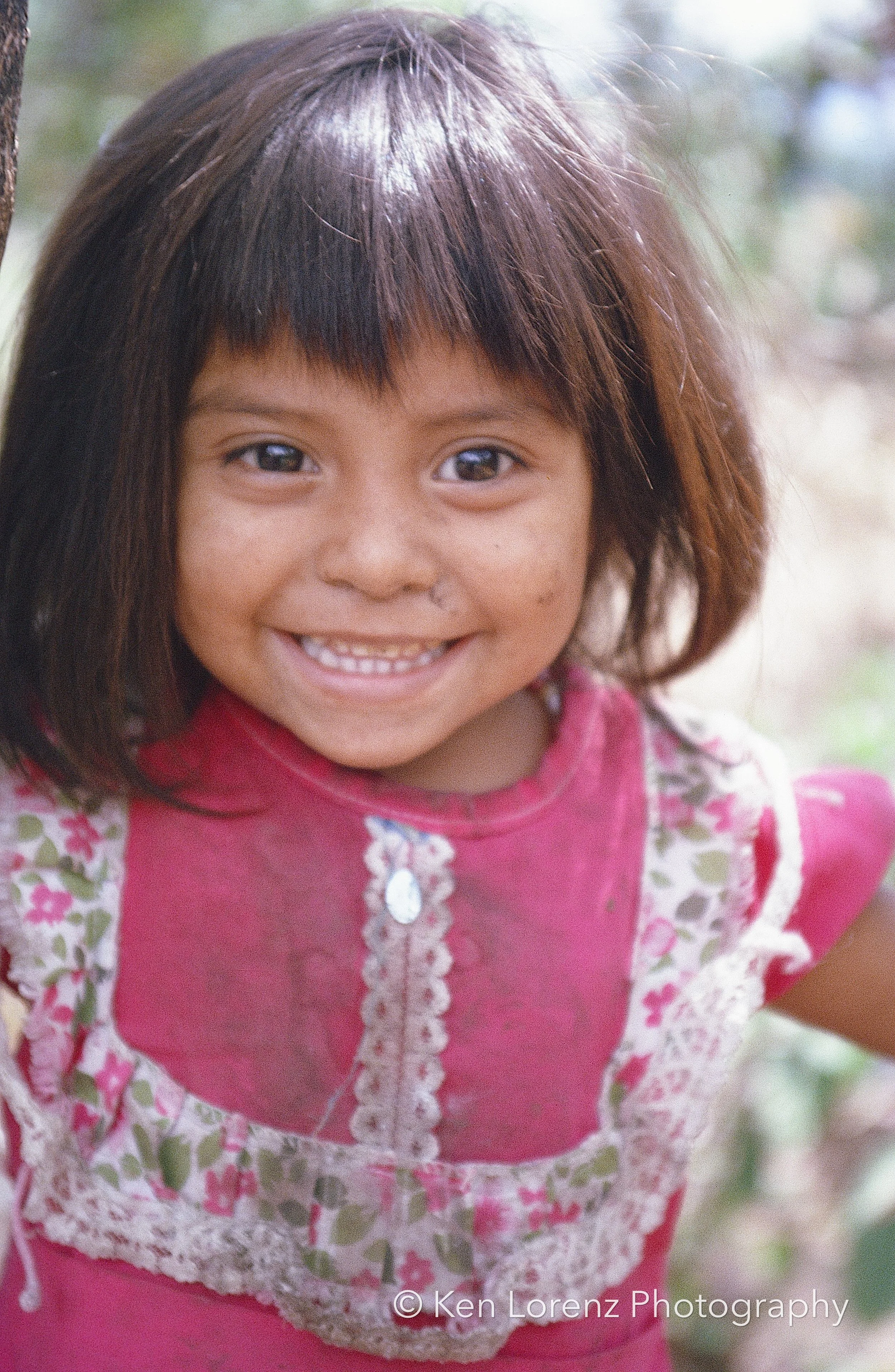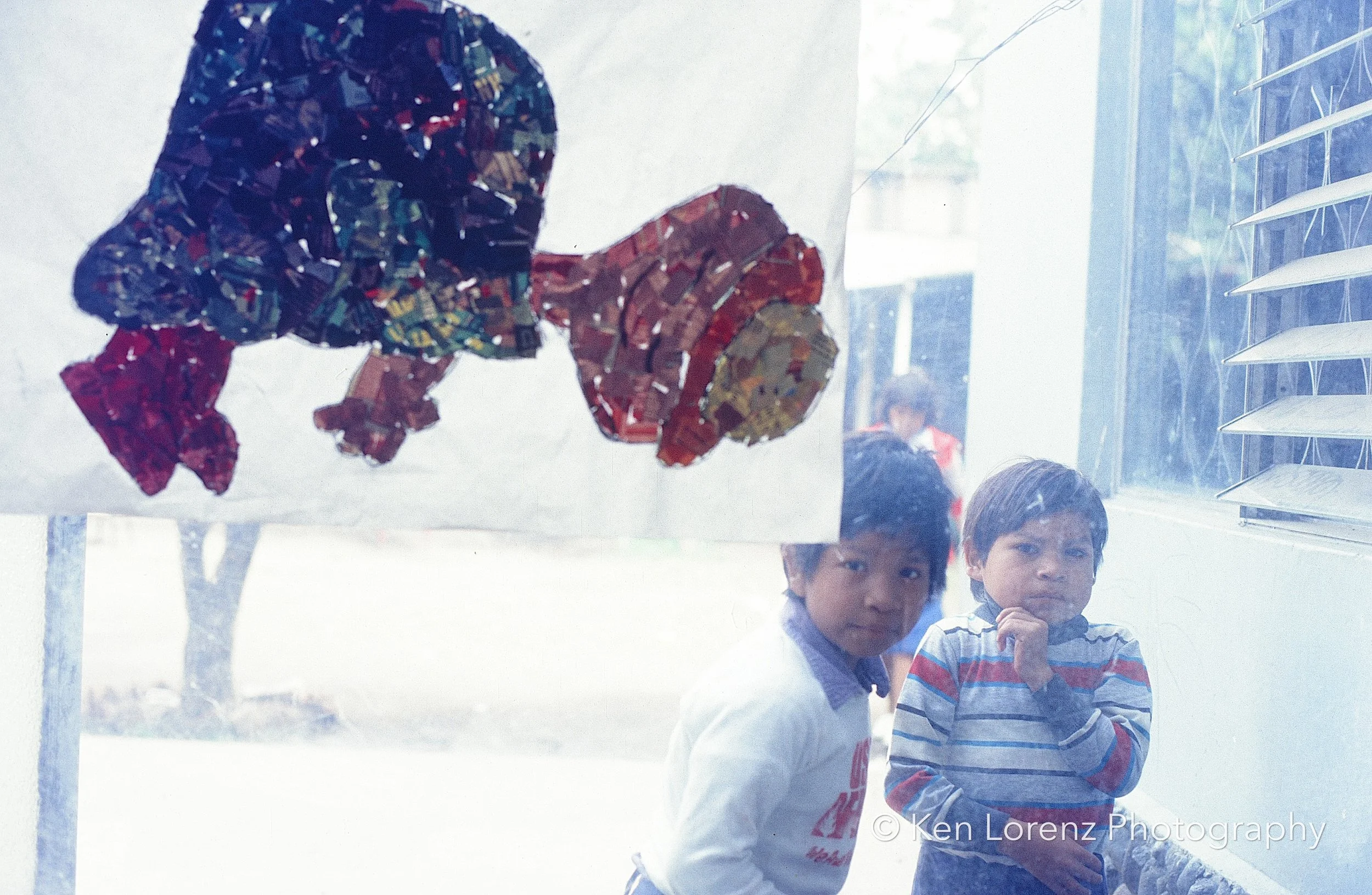casa guatamala
THE RIO DULCE ORPHANAGE
Text by Jane Spearing
Casa Guatemala, an orphanage located in both Guatemala City and the Rio Dulce region of Central America, was founded in 1977 by Canadians Naomi and Harold Bernstein. Originally established to care for children left homeless by a devastating earthquake, it has since evolved into a sanctuary for malnourished, abandoned, and orphaned children—its mission expanding alongside the country’s ongoing social and economic challenges.
What began as a response to natural disaster was soon overwhelmed by political unrest and widespread poverty. Many of the children arrived at Casa Guatemala because their parents had been killed, had disappeared, or were simply too impoverished to care for them.
Beyond offering shelter and safety, Casa Guatemala became a lifeline for the broader community through a range of essential programs aimed at supporting the country’s most vulnerable populations.
At its core, the primary mission of Casa Guatemala—then and now—is the recovery of severely malnourished children, both within the orphanage and among poor families in surrounding areas. Malnutrition was, and continues to be, one of Guatemala’s most pressing public health issues.
The orphanage operates through a multi-faceted approach:
Intensive Care: The most severe cases of malnutrition are treated in the orphanage’s intensive care nursery.
Outpatient Services: After initial treatment, children continue their recovery through outpatient clinics, which extend services to non-resident children as well.
Parental Education: Workshops and classes are offered to parents, teaching them how to access and utilize nutritional resources appropriate to their needs and economic circumstances.
Specialized Medical Care: Children with treatable congenital conditions are given access to external hospitals where surgery and specialized treatment are available.
Another central goal of Casa Guatemala is education. The orphanage established a school several blocks away, where one teacher worked with all children aged four to sixteen. Preschoolers attended both morning and afternoon sessions, while older students returned from public schools in the afternoon to receive extra help with homework and lessons.
Children living at Casa Guatemala receive consistent care, nutritious food, and proper clothing. Upon entering the tightly secured facility, one is immediately struck by the sense of order and purpose. The atmosphere is one of quiet resilience. When visitors arrive, children often swarm curiously, their faces bright with warmth and interest.
The objective of my visit to Casa Guatemala was to document the life and operation of an orphanage in a developing country—to observe, photograph, and return with images and stories that could be shared with the wider world. Over the course of five intense, 14-hour days, I captured the daily rhythm of the orphanage, shooting twenty rolls of Kodachrome film. The collection was later edited into a series of 100 images designed to raise awareness, encourage sponsorship from Canada, and inspire volunteers to travel to the Rio Dulce to lend their support.















